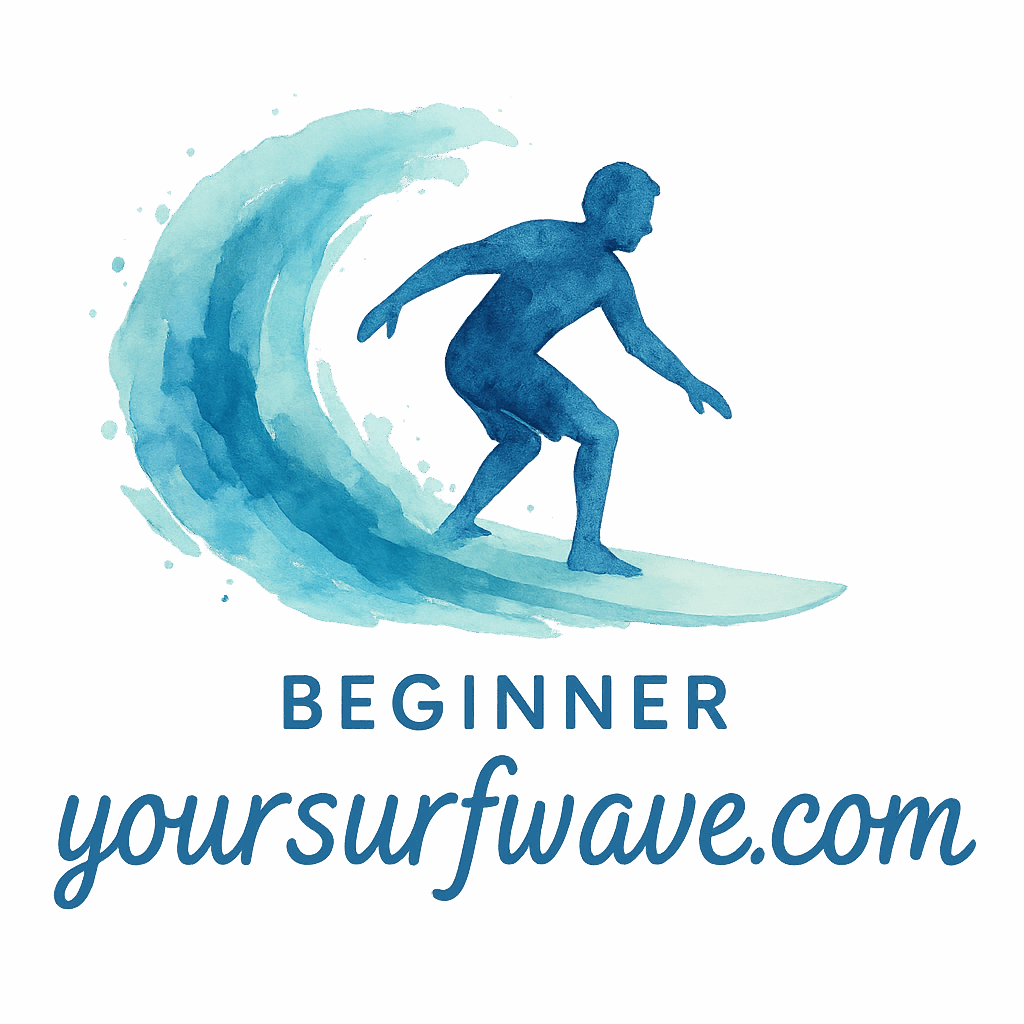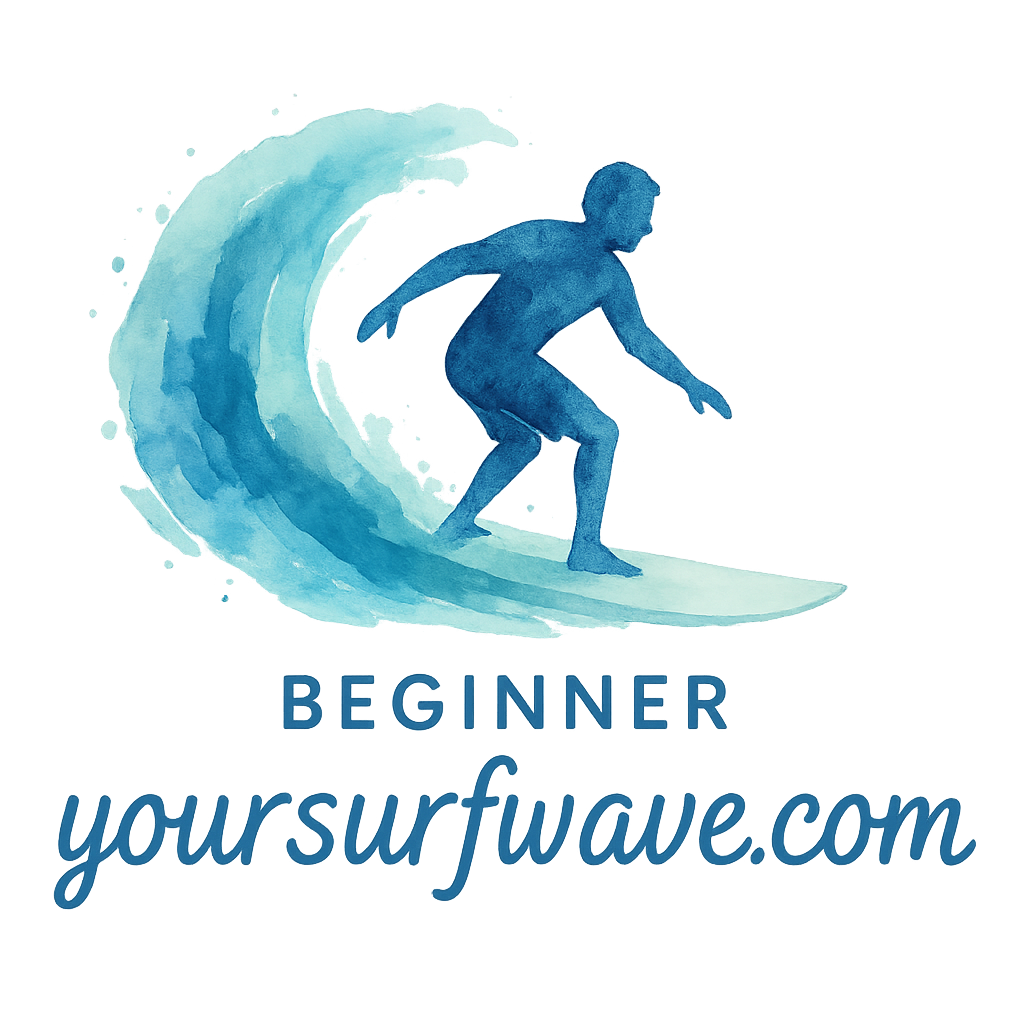Introduction to Surfing for Beginners
Let’s be real — surfing looks epic but learning it can be a wild rollercoaster. Whether you’re drawn to the waves for the thrill or the chill lifestyle, surfing is way more than just standing on a board. It’s an art, a sport, and a mindset. But if you’re just starting out, it’s also super easy to make a few classic rookie mistakes.
This guide breaks down the 7 most common mistakes beginner surfers make and how to avoid them, so you can ride your first wave like a pro — or at least not faceplant in front of everyone.
Oh, and if you’re new here, check out our Beginner Surfing Tips to build a solid foundation before hitting the water.
Mistake #1: Choosing the Wrong Surfboard
How to Choose the Right Surfboard
One of the biggest blunders beginners make? Picking a board that’s just not right for their skill level. You see a slick shortboard and think, “Cool, I want that!” But hold up — smaller doesn’t mean better.
Why Bigger Is Better (At First)
When you’re learning, a longer, wider, and thicker board gives you more stability. It’s like training wheels for the ocean.
- Start with a soft-top longboard (8’+ is ideal).
- Check out our Beginner Surfboard Tag for reviews and recommendations.
- Read Surfboard Reviews to find what fits your needs.
Trust us, your future wipeout count will thank you.
Mistake #2: Ignoring Surf Fitness
Why Surf Fitness Matters
Surfing demands full-body coordination, strength, endurance, and flexibility. And if you’re winded just paddling out, well… you won’t get far.
Staying in shape off the water is just as important as time spent in the water.
Check out our Surf Fitness guide to get started.
Simple Home Workouts for Surfing
Even if you can’t get to a gym or beach regularly, try:
- Pop-up practice on a yoga mat
- Core strengthening (planks, Russian twists)
- Swimming or paddling drills
- Indoor cardio (see Indoor Exercise Tips)
Also visit the Home Workout Tag for more DIY fitness plans.
Mistake #3: Skipping Surf Basics
The Importance of Paddling and Popping Up
Too many newbies skip the basics and rush into waves. Slow down. Focus on these:
- Paddle with intention — elbows high, strong strokes
- Practice the “pop-up” on land daily
These foundational skills are your bread and butter. Explore the Learn to Surf tag to build your fundamentals.
Learn to Read the Ocean
The ocean has its own language — learn it.
- Watch how waves break
- Learn about rip currents
- Understand sets vs. lulls
Get more on Surf Basics and become one with the swell.

Mistake #4: Surfing in the Wrong Locations
Choosing Beginner-Friendly Surf Spots
Not all surf spots are created equal. Some are perfect for learning, while others are downright dangerous.
- Look for mellow beach breaks
- Avoid reef breaks and crowded expert-only zones
Our Surf Locations page is a great place to explore where to go next.
How to Use Surf Travel Tips Wisely
Dreaming of a surf trip? Check out the Surf Travel section before you pack your wax. It’s full of tips to keep your first surf-cation from being a disaster.
Mistake #5: Wearing the Wrong Gear
Wetsuit Woes and Rash Guard Reminders
Surfing is not a one-size-fits-all deal, especially when it comes to gear.
- Cold water? Wear a full wetsuit.
- Warm water? Rash guards help prevent board burn.
Essential Surf Gear for Beginners
Don’t forget:
- Leash (attached to your back foot!)
- Wax (for traction)
- SPF lip balm (trust us)
Explore our full Surf Gear guide and check out Surf Gear Tag for curated lists.
Mistake #6: Ignoring Surf Etiquette
Why Respect in the Lineup Matters
Surfing isn’t just a sport; it’s a community. And like any tight-knit crew, it has rules.
Disrespect leads to stink-eyes (or worse). Learn the local vibe before paddling out.
The Golden Rules of Surf Etiquette
- Don’t drop in (cut off someone already riding a wave)
- Don’t snake (paddle around someone to steal their turn)
- Hold your board (don’t let it fly around like a torpedo)
Brush up on these with our Beginner Surf USA tips.
Mistake #7: Giving Up Too Soon
Overcoming Mental Barriers
Surfing is hard. You’ll fall. A lot. But that’s how it goes.
Progress happens slowly — but it does happen.
If you’re feeling stuck, explore our Surfing Therapy tag. Surfing isn’t just physical; it’s deeply mental.
How Surfing Benefits Your Mind and Body
Surfing boosts:
- Confidence
- Mental clarity
- Stress relief
Check out how Mental Health and Surf Benefits are deeply intertwined.
Conclusion
Surfing isn’t about being perfect — it’s about persistence, passion, and the pursuit of that next great wave. Everyone wipes out. Everyone struggles. But if you can avoid these seven beginner mistakes and stick with it, surfing will reward you in more ways than you can imagine.
Ready to dive deeper? Explore our Surf Lifestyle content and ride that wave to the fullest.
FAQs
1. How long does it take to learn how to surf?
Everyone’s different, but with consistency, most people can stand up on a board within a few sessions. Mastery takes months to years.
2. Can I learn to surf without an instructor?
Yes, but a certified surf coach can speed up your learning curve and help avoid bad habits.
3. What’s the best type of wave for beginners?
Gentle, rolling whitewater waves at sandy beach breaks are ideal.
4. Do I need to be super fit to start surfing?
Not at all! You’ll build fitness as you go. Start with some home workouts to build confidence.
5. Is surfing dangerous for beginners?
With the right gear, knowledge, and caution — not really. But respect the ocean, always.
6. What’s the best time of day to surf for beginners?
Mornings usually have lighter winds and friendlier conditions. Just avoid crowded times at popular breaks.
7. Can surfing improve my mental health?
Absolutely. Read more about surfing therapy and how it helps with stress, anxiety, and overall mood.


